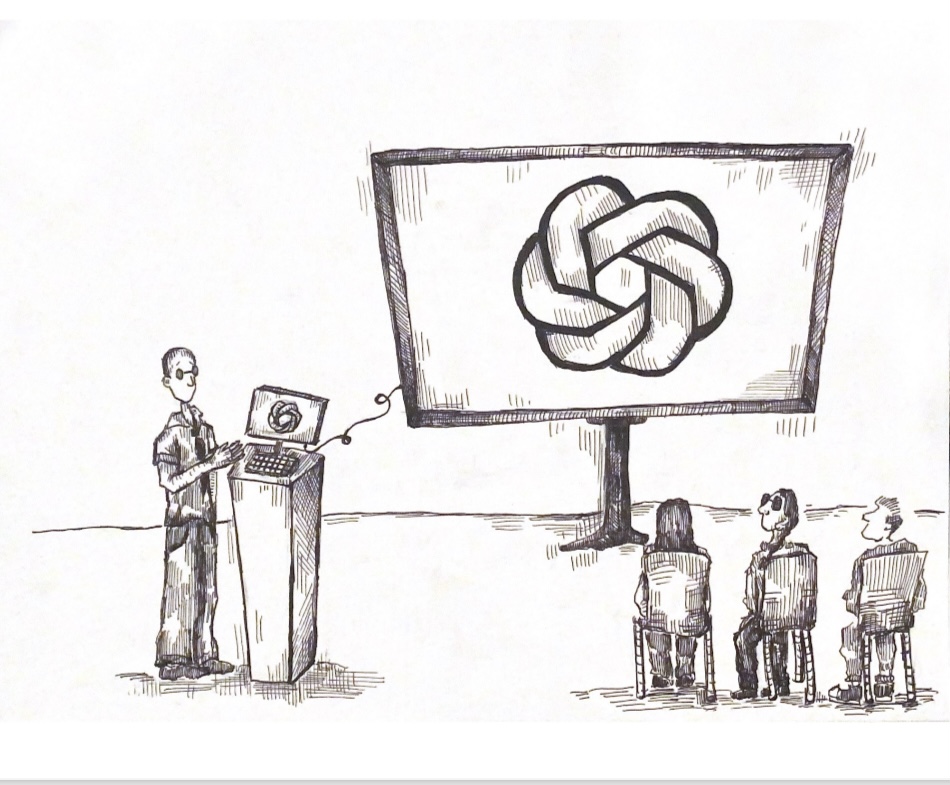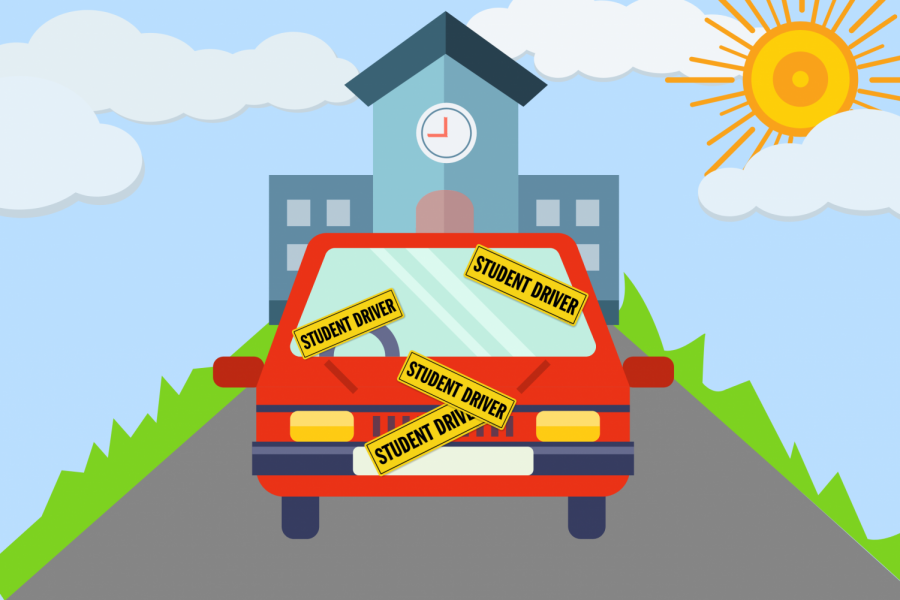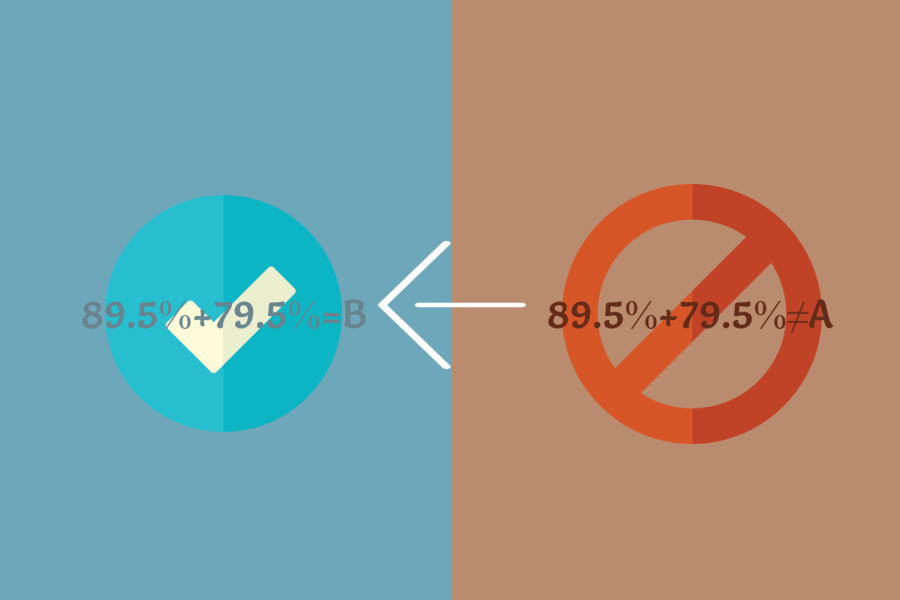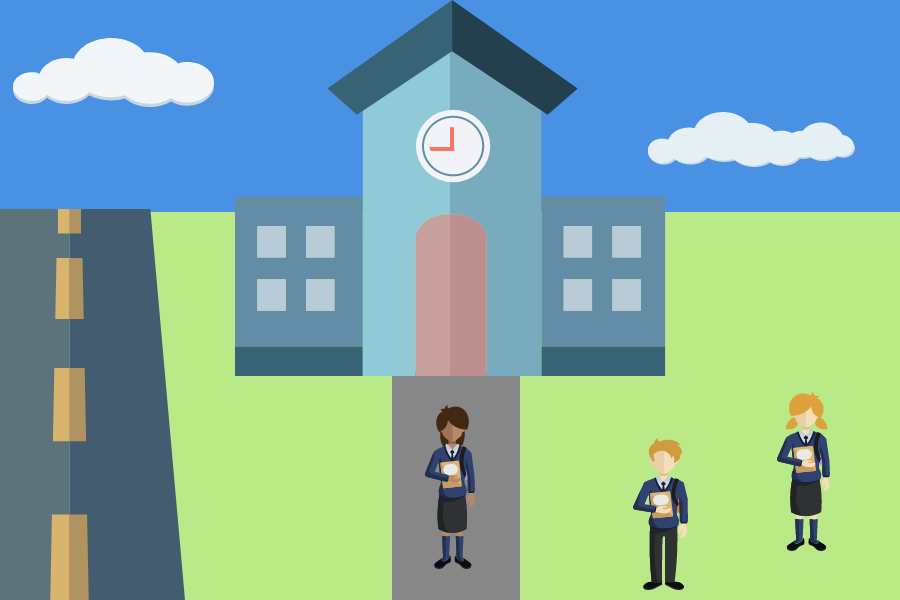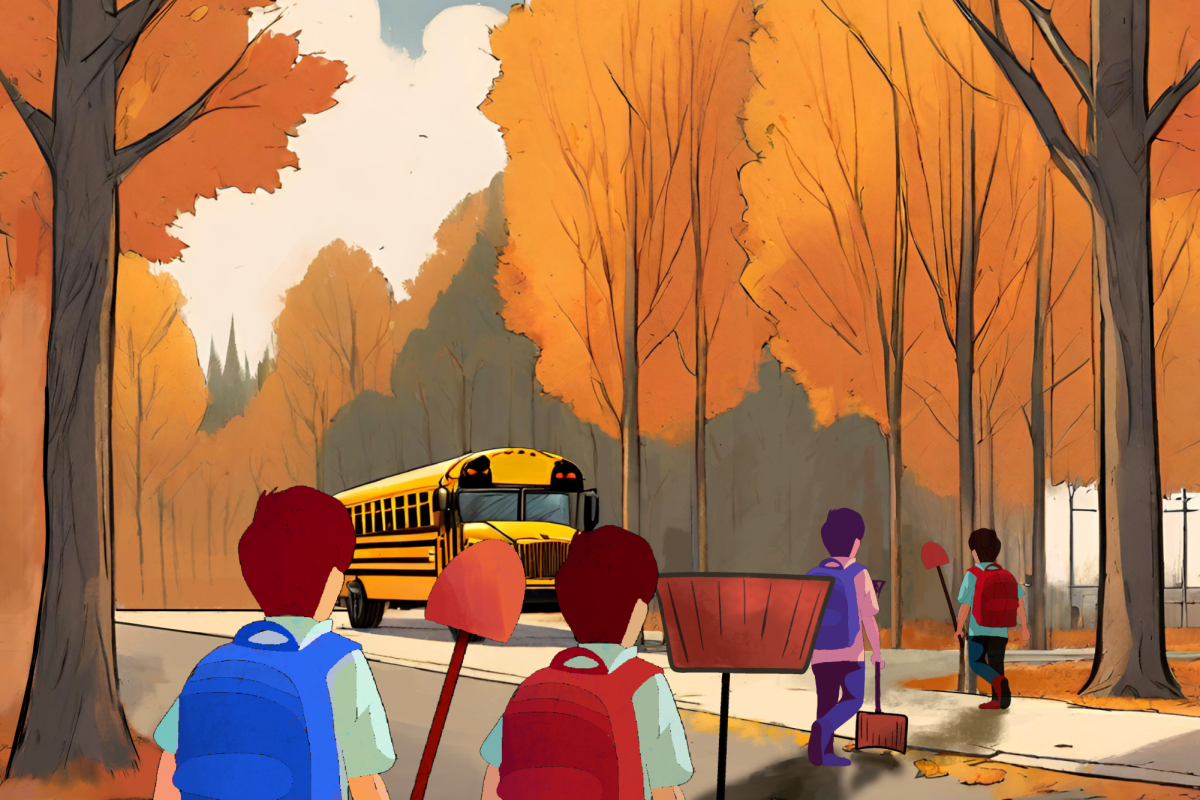In November 2022, OpenAI released ChatGPT, transforming countless aspects of modern-day life. Their release of a Large Language Model (LLM), a form of artificial intelligence that can generate content on command, was a major breakthrough for generative AI. While generative AI is still in its toddler stage, there is no doubt that it will continue to play an increasingly large role in the day-to-day workings of the world.
However, some high school teachers and administrators see generative AI as a nightmare, fearing that students who rely on an LLM such as ChatGPT to create content for them will never build the skills necessary for their futures. With this narrow-minded view, some high schools across the country are failing to prepare students for the real world. High schools cannot afford to turn a blind eye to AI’s growing presence and should teach students how to utilize AI effectively and ethically to enhance their knowledge rather than limit it.
Even as high schools nationwide try to keep students from using AI, the software has already been integrated into secondary education. At Duke University, the “aiM” program trains graduate students to combine AI with Materials Science research. Through the program, Duke hopes to advance the frontiers of Materials Science, which already uses AI in various ways, such as identifying promising material candidates from vast databases of known materials.
Dr. George Delagrammatikas is a professor at Duke and the Associate Department Chair and Director of Master’s Studies in the Department of Mechanical Engineering and Materials Science. He frequently uses AI in the classroom and is excited about its potential applications in engineering. He stated that at Duke, it’s hard to think of an engineering discipline that AI hasn’t already affected.
“College students need to learn the basics of AI and machine learning,” he said. “I think that people who don’t learn how to use AI effectively, responsibly and ethically are going to lose jobs to people who do have these skills.”
Mark Lacker, an entrepreneurship professor at Miami University in Ohio, reported that a majority of his former students wished they had learned how to use AI and that business schools were heavily investing in AI tools. If not taught how to use AI in school, high school students will soon fall behind too.
Beyond strictly tolerating it, high schools should teach students how to use AI in the most useful and ethical ways. Using AI effectively is more complex than simply typing a question into ChatGPT. Prompt engineering, the technique of writing a prompt to generate the most precise result, can be incredibly impactful on the AI’s generated response. In a recent letter published by the Journal of Academic Medicine, researchers argued that doctors and medical students should receive training in prompt engineering during medical school to optimize generative AI use in medicine. AI use in medicine is already prevalent—a recent study reported that one in five doctors in the U.K. use AI in some capacity, such as to help diagnose patients. For those who do, the letter argues that training in prompt engineering is essential for the safe and effective use of ChatGPT and other LLMs.
Some high schools are already bringing AI into the classroom. Bingham Charter High School, located near Los Angeles, is at the forefront of this movement. Through the Classroom-Ready Resources about AI For Teaching program, sponsored by Stanford University, teachers at Bingham work with researchers and educators at the Stanford Graduate School of Education to integrate AI into high school lessons. Victor Lee, an associate professor in the School of Education, believes high schools should provide students with a basic understanding of AI.
“Regardless of whether someone anticipates being in a technical career, being an informed person in society means understanding AI,” Lee told the Stanford Institute for Human-Centered Artificial Intelligence.
Additionally, students who are more comfortable around AI are more likely to notice its additional benefits. For many students, the value of an LLM can lie in its ability to be a tutor. In a recent study conducted by Government Technology, 85% of college and high school students said that study sessions with ChatGPT were more effective than a human tutor. For students struggling in school, seeking academic help can be time-consuming, embarrassing or inaccessible. With the help of an LLM, students can get personalized help whenever they want — at no additional price.
Many struggling Whitman students turn to a private tutor as an immediate solution. While private tutoring can be helpful, it’s often expensive. Historically, private tutors have given students who can afford them an undeniable advantage over students who cannot. AI could level the playing field for students who can’t afford a tutor.
Many students without private tutors may overlook AI as a beneficial resource because high schools have painted AI as a negative tool and blocked AI access on school-issued laptops. By teaching students how to use AI effectively, high schools can foster a student body that thinks of AI as a tool—not an act of academic dishonesty.
Whitman English teacher Devon Robb is open to bringing AI into the classroom. While he doesn’t support its use to create a final product, he does support its use in some instances.
“I think that it’s a useful tool for supplementary uses,” he said. “It can be a good tool to give you ideas, to find sources if you’re doing research and can give you unique insights.”
Worries about students using AI for cheating have been the main reason schools have banned programs like ChatGPT, and they are not unfounded. In a recent survey conducted by The Black & White, 22% of Whitman students reported using AI for academically dishonest purposes. While AI poses a major risk to students’ willingness to study, schools can easily mitigate this problem. With the implementation of AI-focused instruction, high schools could also invest in AI detection methods such as GPTZero, an AI-powered LLM that can detect the use of ChatGPT in writing, just as MCPS has invested in GoGuardian to monitor students during assessments.
Robb said he thinks bringing AI into school-based instruction would actually lessen cheating. Students already know and are using AI to cheat, he said. By incorporating it into the classroom, high schools can teach students when it is and when it is not appropriate to use AI, which might make them think twice before using AI to cheat. Additionally, by further familiarizing teachers with AI, it will become much easier for them to detect its use in essays and other projects.
High schools must recognize the incredible possibilities that AI presents beyond just allowing students to cheat and cut corners. Delagrammatikas is excited for an AI-integrated future and thinks that the pros of AI in education far outweigh the cons.
“Using AI is a better way of understanding the problem you are trying to solve,” Delgrammatikas said. “It’s a method to discover new knowledge and then to make connections on your own that never existed before. That’s what the human mind is so good at.”



